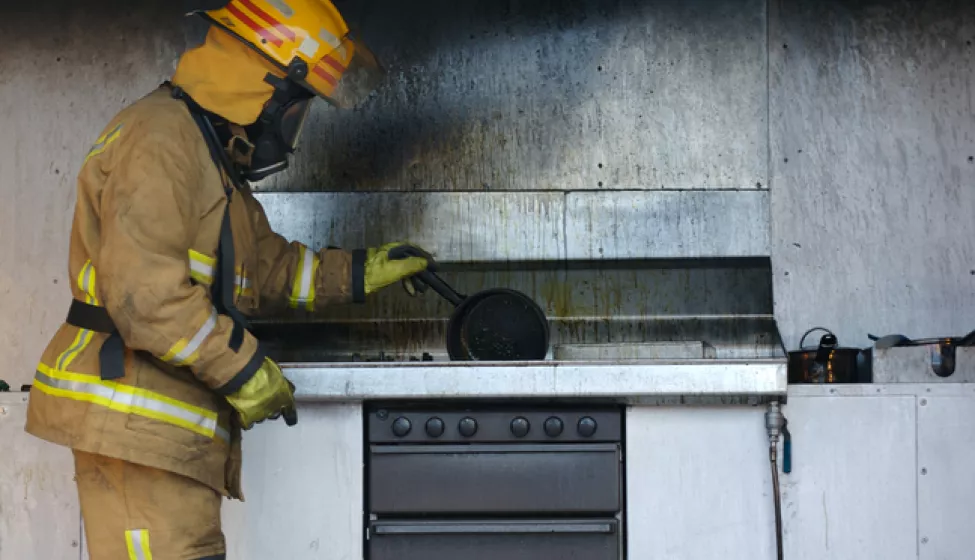December 3, 2020
The global smart home market is expected to grow to $53.45 billion by 2022. Smart appliances and other smart systems can help improve home security and convenience, but any catastrophic fire or smoke event associated with a smart home device may expose a manufacturer to litigation, insurance claims, and costly product recall issues, in addition to potential loss of life.
The thermal safety of a smart home device is closely tied to the lithium-ion battery that powers it. A lithium-ion battery, if operated outside its specification, can pose a safety hazard. Smart home device manufacturers can minimize their risk of exposure to costly smoke- or fire-related events by embracing good product design as a critical battery safety solution, considering the operating environment, fault handling, and supply chain management.
Operating Environment
Manufacturers can optimize smart home device safety by aligning the product specifications with those of the battery. For example, the device characteristics, including charge/discharge currents, voltages, and the operating temperature should be within the suggested range of the battery cell.
Some home monitoring devices, such as security cameras and doorbells, might experience a broad temperature range during their operating life depending on geographical location. These devices are expected to function as safely in the Minnesota winter as in the Arizona summer. Similarly, outdoor applications may pose risk of water or dust ingress into the device, which requires the design to be robust to such failure modes. Understanding the impact of environmental conditions on battery operation and designing to protect against them is crucial for the safe operation of a device.
Fault Handling
Device manufacturers may also consider incorporating additional design features to ensure the safe operation of a battery and protect it against random hardware failures in both the device and its accessories. Some of the failure modes could exist within the battery, such as a defective battery that won't be charged to higher voltage, interrupted communication between the battery and its device, or a deeply discharged battery. Depending on the specific condition, manufacturers may consider options like terminating charging current, lowering charging current, or disabling the battery completely.
Other potential faults might propagate to the battery from the adapter or the device. For example, a failure in the adapter could lead to voltage higher than specification on the various components within the device, which increases the likelihood of a circuit board failure. Propagating circuit board failure is a known failure mode that can cause a fire or burn hazard. Designing a product that can handle random hardware failures or latent faults will enhance the safe operation of a device.
Supply Chain Management
Incorporating battery protection in the device design can lead to compact design, better product quality control, and lean supply chain process. Frequently, product design for smart home devices shares some of the burden of safely operating the battery with the protection control module (PCM), housed within the battery pack. This approach typically introduces two layers of suppliers: the cell supplier and the pack supplier. As one way to control supply chain quality risk, some OEM's have started incorporating battery protection fully into the final product design with the battery cell.
According to the IEEE 1725 standard, responsibility for product safety lies with all parties, from the makers of the battery cell, the battery pack, and the smart device itself, to the user interacting with the device. Depending on the type of device, there are a number of options a manufacturer can consider to mitigate battery-related safety risks from the operating environment, fault handling, or the supply chain.
How Exponent Can Help
Exponent's multidisciplinary team of electrical engineers and thermal scientists are global experts in lithium-ion battery and smart device safety. We can help smart home device manufacturers develop product specifications, perform design reviews, and conduct comprehensive risk assessments to optimize product design as a critical battery safety solution.

